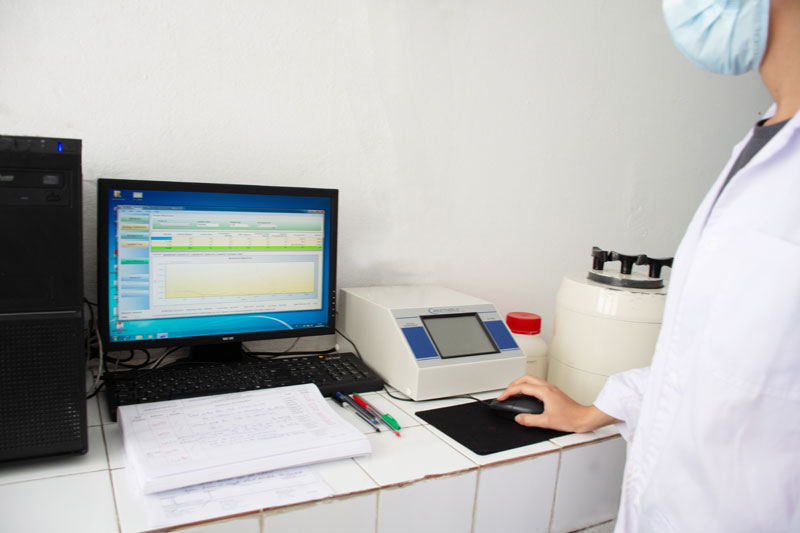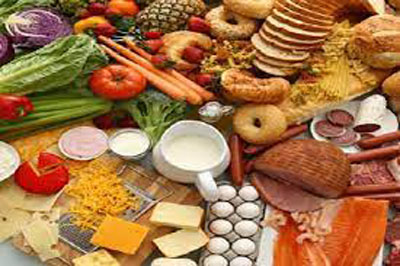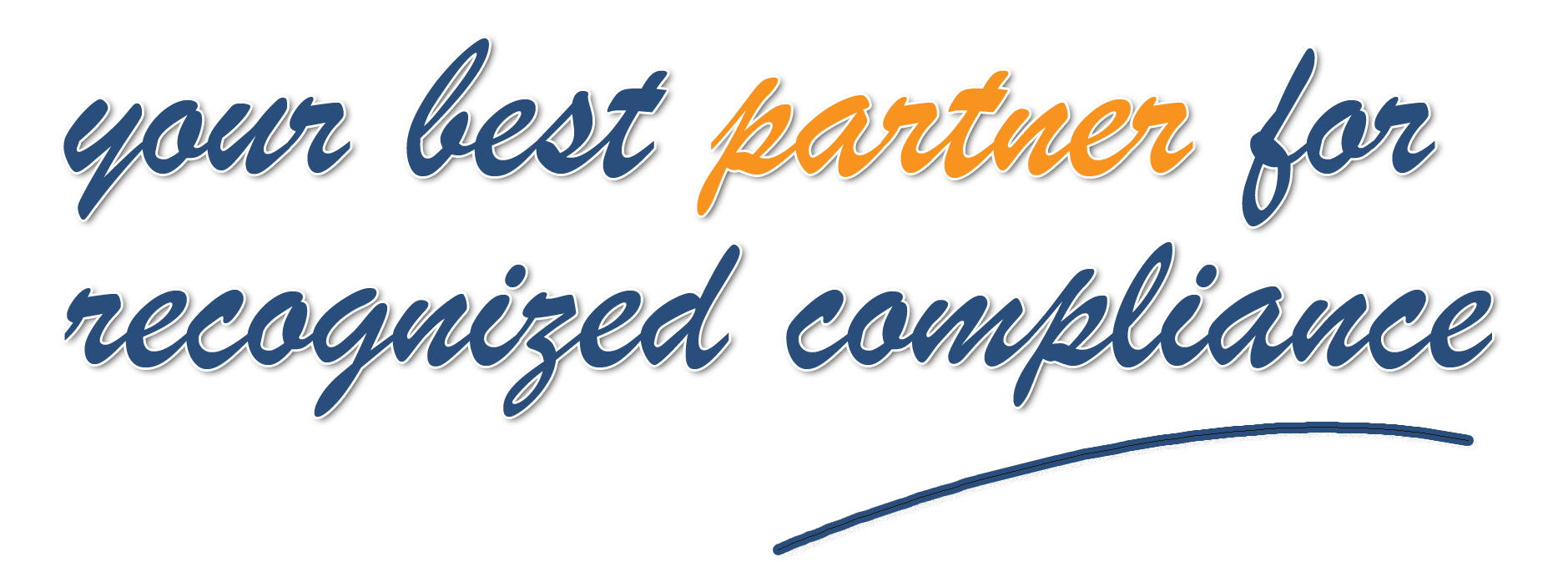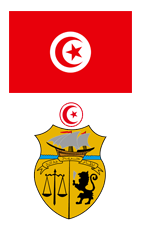Radioactive Elements
Radioactive contamination is the phenomenon that occurs when a radioactive product is deposited on an object or a being, or is ingested or inhaled by a being. Contamination can spread in the food chain (human and animal), than in others (pharmaceutical, industrial, etc.).
In the aftermath of the Chernobyl accident (1986), the national authorities responsible for technical import control took the decision to subject all imported food products to systematic control of the level of radioactive contamination. The LCAE has since been equipped with a NaI scintillation Gamma detector allowing the measurement of Cesium 137 and 134 contamination. New equipment has been added to the analytical park and now allows the measurement of two other radioactive elements (Cobalt 60 and Iodine 131) .

Type of Products:

- Cereals and cereal products
- Honey and honey substitute
- Spices and herbs
- Tea, Coffee
- Cocoa and cocoa products and chocolate substitute
- Dates, fruits and vegetables
- Legumes, and dried fruits
- Sugars
- Juice and syrup
- Dietary food products.
- Animal feed
- Raw materials
Type of Analysis:
- Cesium 134: Cs134
- Cesium 137: Cs137
- Iode 131 : I131
- Cobalt 60 : Co60
- Other molecules are under development






